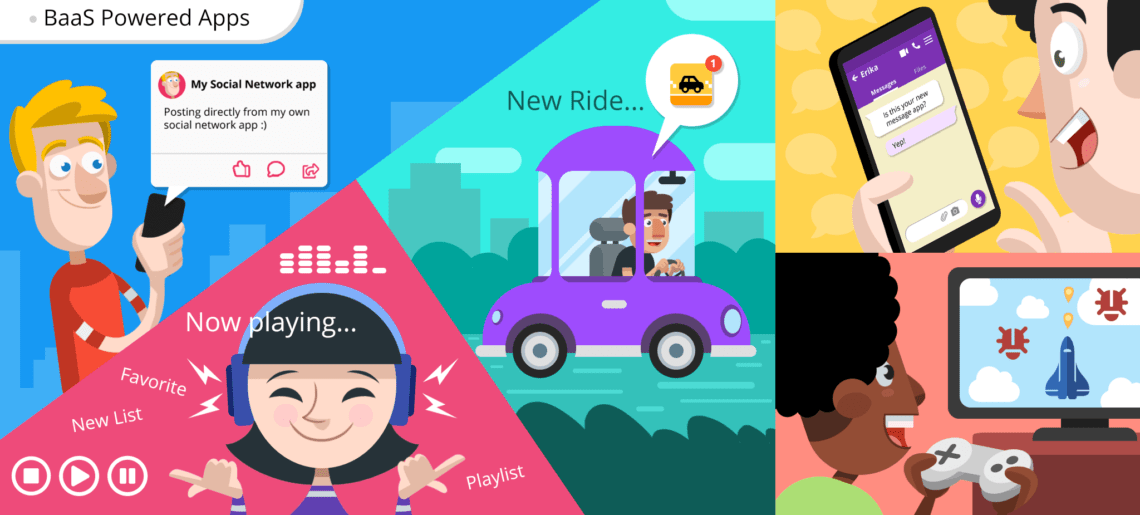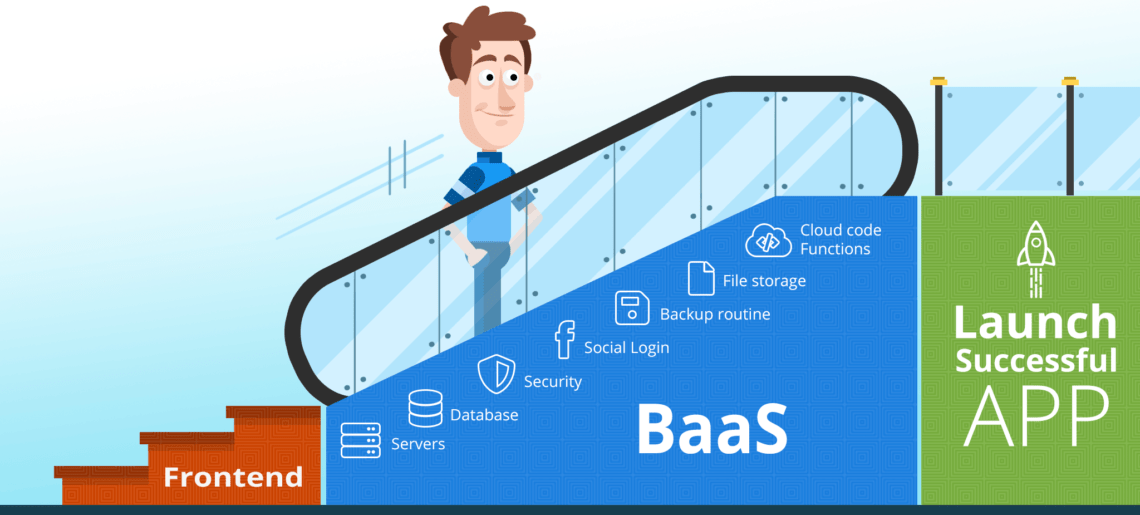It’s no mystery that every developer wants to make high-quality applications, and if you’re one of them, we are here to assist you in finding a straightforward way to implement and host a GraphQL database. In the past, I’ve been an assiduous REST user, but my concerns about its complexity, over fetching requests and data transfer costs have led me to explore other alternatives.
In addition to some first-tier GraphQL hosting providers such as Back4App, there’s a frequently expanding list of cloud service providers that allow affordable GraphQL hosting.
In this tutorial, I’ll also describe some of the best cloud options to host GraphQL APIs; some providers that are less established but still useful to developers. The tutorial will cover the following hosting options:
- Parse
- Back4App
- Graphcool
- AWS App Sync
- Hasura
Read MoreRead More












